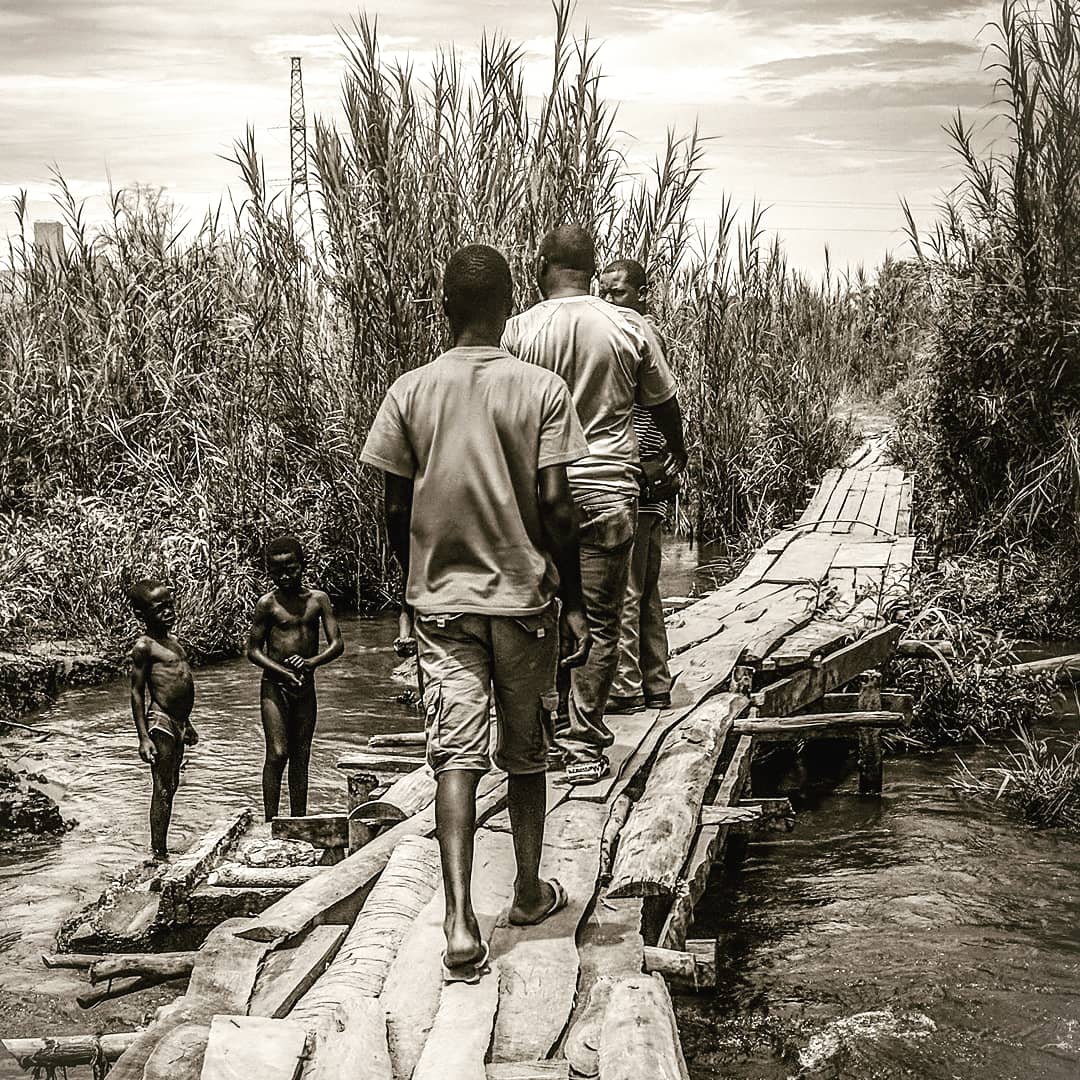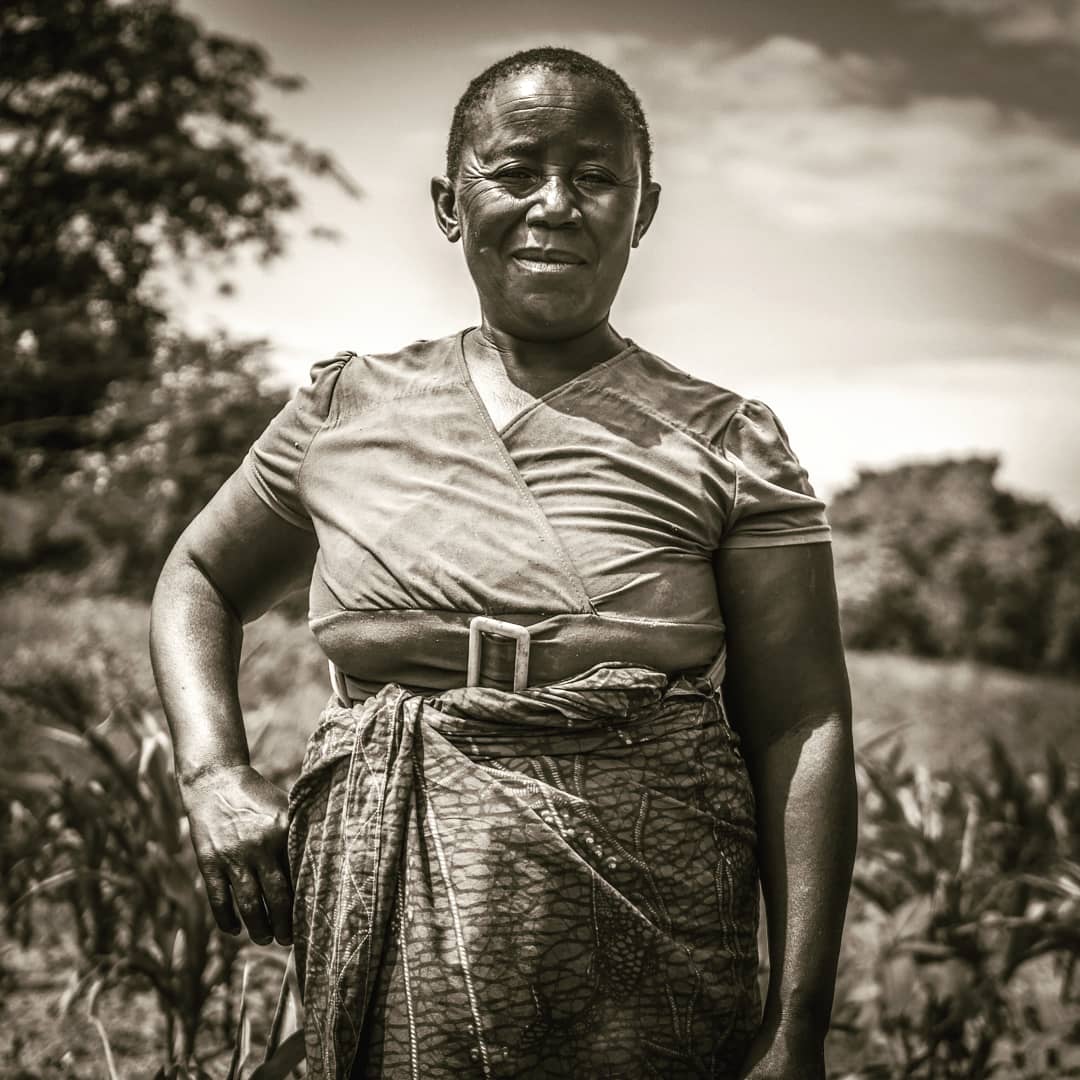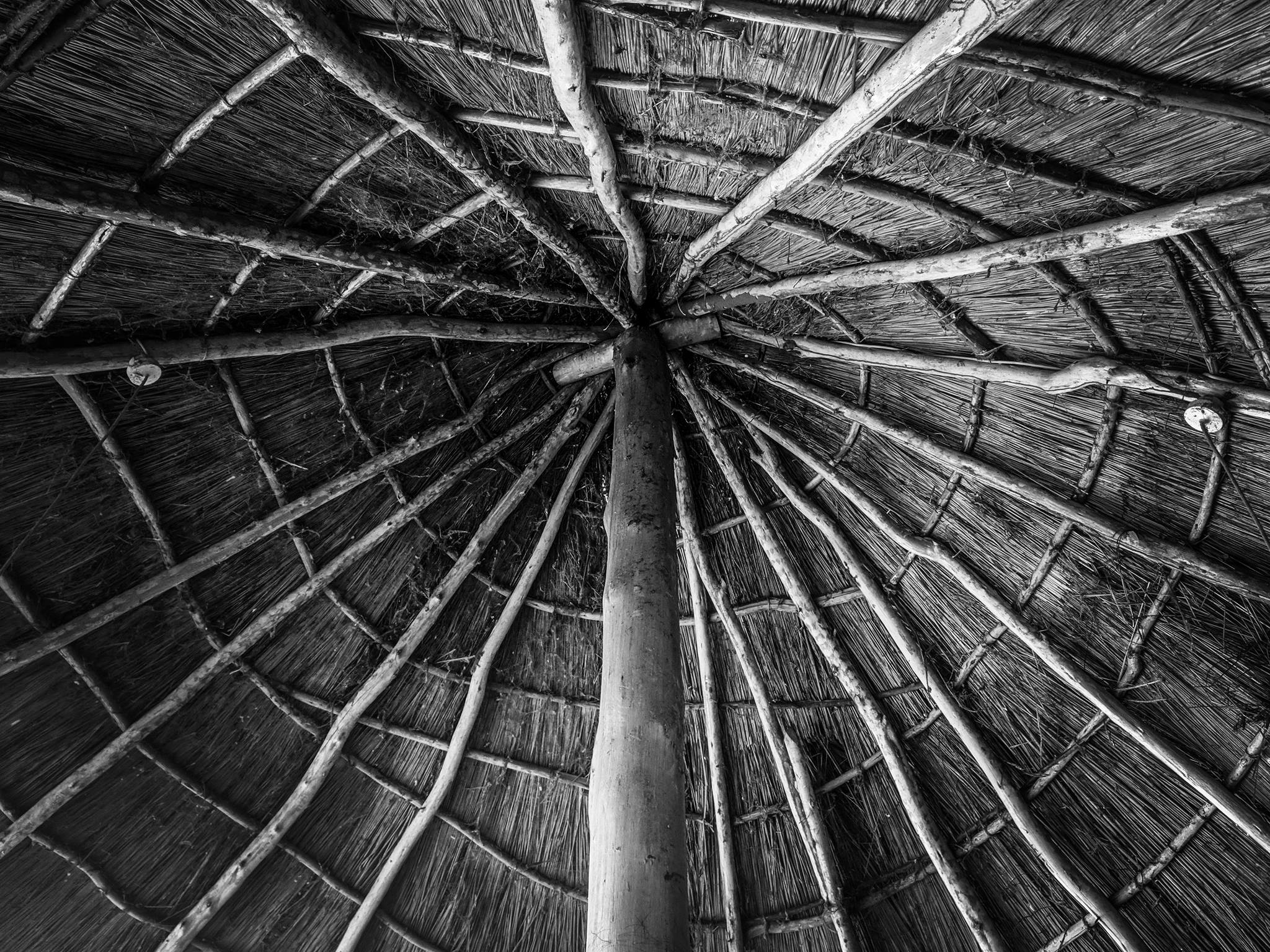We trekked through extremely humid conditions to visit communities in and around a local hydroelectric power station. Though launched in 1997, many of the surrounding rural households do not have access to the grid. Many complain that they simply do not have the money to get the lines to come close to their villages, resulting in the needs of the more affluent being prioritised. Ostensibly, much of what is generated here is being consumed in urban centres.
In the stifling heat we made most of our journey by foot , we meandered through flooded roads, and crossed makeshift bridges to get to a rural hamlet that had decided to turn to solar power. Our interviews were aimed at understanding their motivations for adopting solar and their experiences with the technology thus far. It was interesting to take note of the gender dynamics at play. We noted instances where usage of the system was male dominated (against the grain of what we have encountered so far). The last picture is of Bright and Kennedy. They have been my amazing guides through this journey. I'm very grateful for their support. Their intimate knowledge of Karonga has been invaluable - what could have taken a month to achieve has been accomplished in 5 days!
Onward and upward to Chitipa now, a region that shares a border with Zambia and Tanzania. We will be focusing on businesses that supply solar panels to many households across the region and observing economic activity at a couple of border posts.



